We’re very proud to announce the launch of a special recycling project that we did with one of our dear retailers, De Rode Winkel: The ‘Utrechtse Jeans’. It’s an exclusive special edition denim, made from old jeans that were worn by Utrechters (residents of our hometown). They were collected earlier this year and we recycled them into new pairs. Both to show our common love for denim and our city and to create more awareness about (post consumer) recycling.
BUY THE UTRECHTSE JEANS ONLINE HERE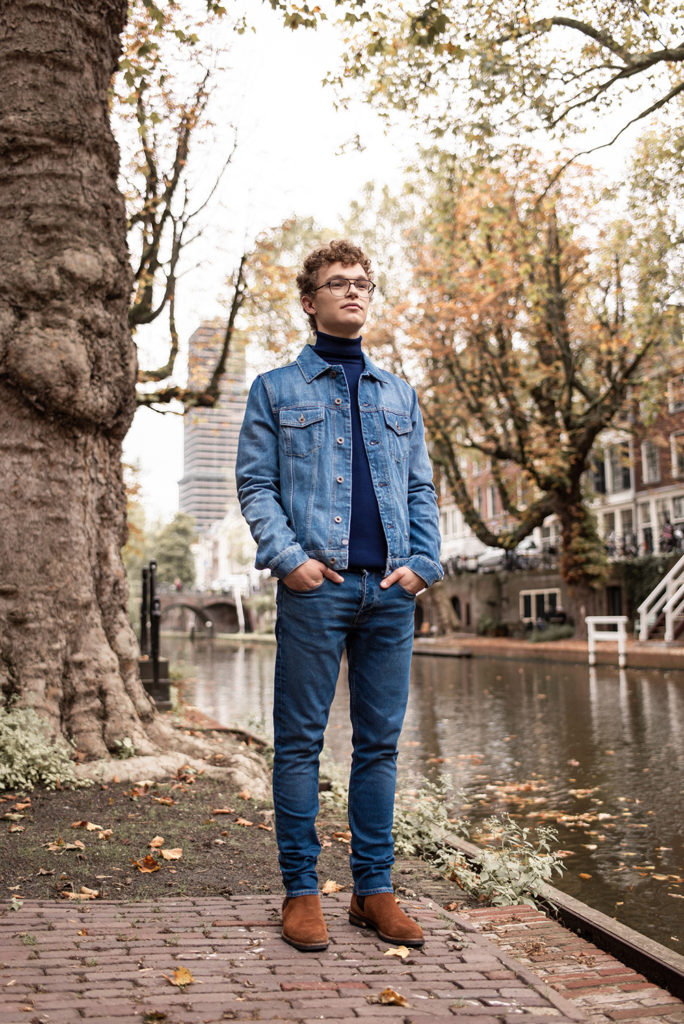

WHY FOCUS ON RECYCLING OLD DENIMS?
For this special project, we used Post Consumer Recycled Denim (PCRD), made from old jeans that have been worn. Only 1% of all collected clothes are nowadays recycled into new garments. This is for multiple reasons. First of all, many people just throw their clothes away, or they get a secondhand life. Other garments that are collected, aren’t suitable for recycling. Many cheap fast fashion jeans contain all kinds of – and often synthetic – fibres in one jeans. Only fabrics that contain at least 97% cotton can be used for denim recycling.
Recycling is the future, no doubt about it. There are so many clothes around already, after all. Closing the loop is one of the most important steps – and challenges – that the fashion industry is facing. Right now, 25% of our denim styles contain PCRD (check them out here) and we will work towards having recycled fibres in 75% of our styles next year. This project was a great way for us to take the next step in recycling. We got to experiment with collecting and recycling PCRD ourselves, which happens to be quite a complex process. We also wanted to use this opportunity to involve the local end consumer in this process. And create awareness.
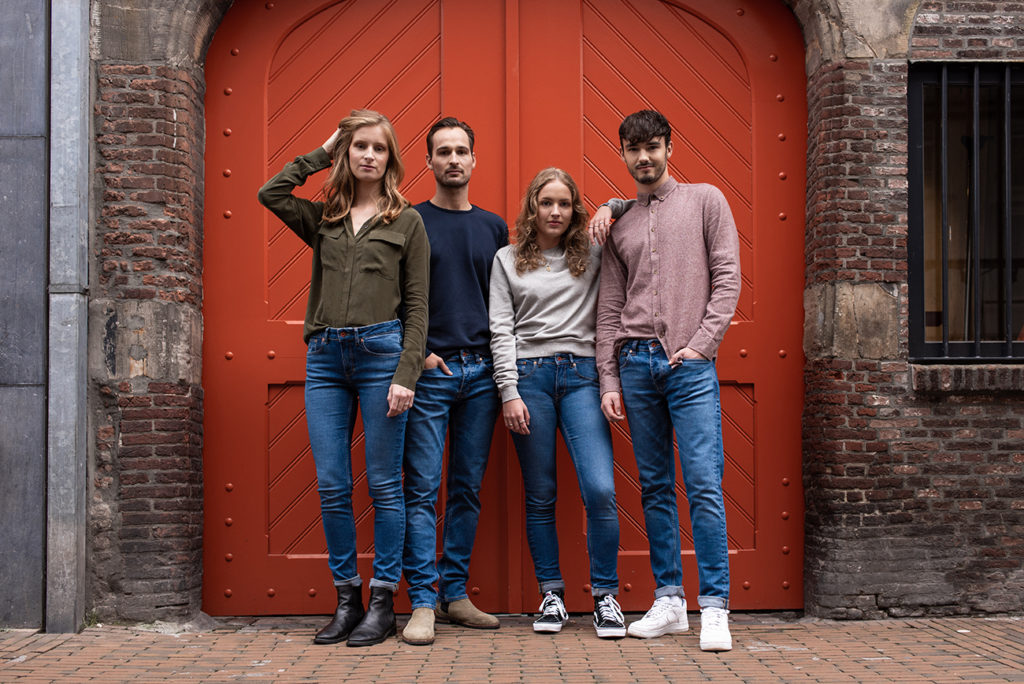

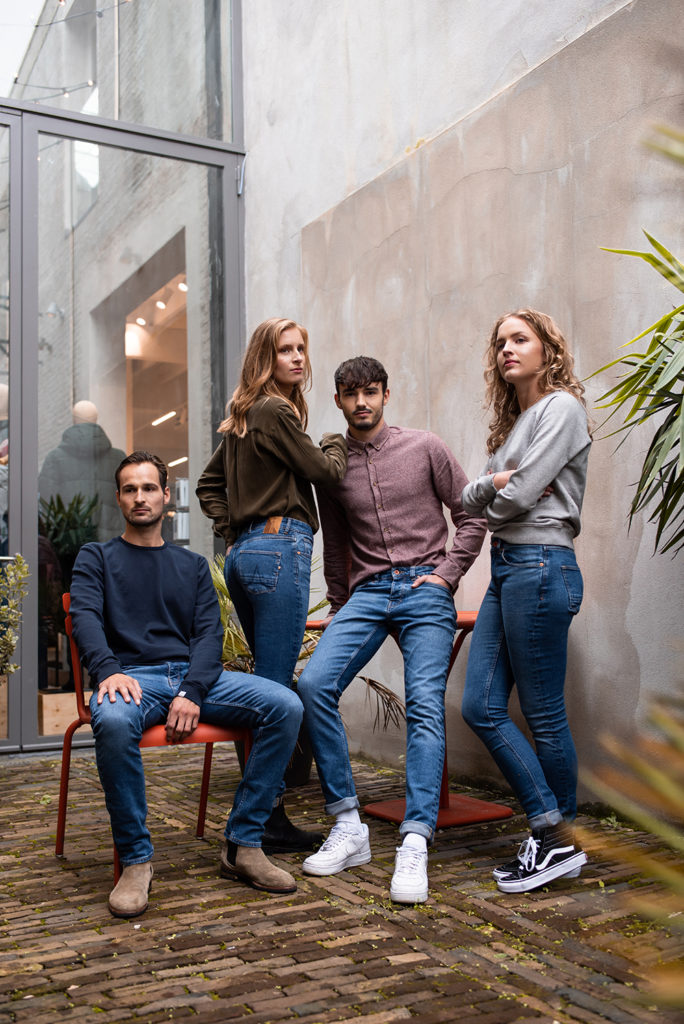
HOW DOES THE DENIM RECYCLING PROCESS WORK?
1. Collecting old jeans
Earlier this year, we collected old jeans from Utrechters. The first step after collecting is cutting off the trousers’ legs. It’s because only the jeans legs are suitable for recycling; the top contains too much hardware and details, such as zippers, buttons and rivets. The pants were sent to Turkey, where the entire production took place.
Why Turkey? Recycling denim is a complex process that requires craftsmanship and special machines. We mainly produce in Turkey, because this country is specialized in the field of denim and jeans. The entire production of the Utrechtse Jeans took place in Turkey; from the fiberization of the collected trousers to the final production.
2. Shredding
The trousers arrive at our partner Gama. They specialise in fiberising old garments. The trousers that come in here must first be prepared for the fiberizing machine. It is checked whether there is any hardware on the pants and sometimes they are first sorted by color. They are then fiberized into smaller pieces by one large machine in a number of steps. The result is fluffy fibers that are sent as a big bale to our “denim mill”.
3. Weaving
Our partner Bossa processes these fibres into denim fabric. Organic cotton is added to the recycled denim fibers (GOTS certified). This is necessary because recycled fibers are shorter and therefore less strong than new cotton fibers. To make a canvas that not only has a sustainable production, but also a durable quality, a blend is therefore required. The ideal ratio that we use is 20% post-consumer recycled fibers, 79% new organic cotton and 1% elastane to make you feel comfortable. To make 3000 jeans, at least 1000 old worn-out jeans are needed as raw material. The mixed fibers are first processed into a thick ribbon and then spun into a thin yarn. This yarn is then woven into a strong cloth in the specific denim way.
4. Cut-make-trim
The denim fabric is being turned into jeans by our partner SARP Jeans. First, the different patterns are cut from the fabric. These patterns are assembled step by step in a production line into trousers. Every person has their own step with special sewing machines, such as side seam stitching, zipper insert, waistband stitching or placing back pockets. The jeans will easily go through at least 25 hands in this process alone.
5. Final details
The final step is to attach the hardware and details: the patch, the rivets and buttons. This is done again in a separate department at SARP Jeans, where the pants go directly to quality control. Here the pants go through a number of hands to check them for stitching errors and to cut loose threads and thread ends. Then the pants are packed and it is ready for transport back to the Netherlands.
(yes, we choose to be entirely open about our suppliers. Read more about our transparency practices here)

TYPICAL ‘UTRECHTSE’ DETAILS
We designed the Utrechtse Jeans to be a perfect everyday favourite. We created a slim fit for men and a skinny fit for women. The wash is one of our most sustainable washes ever, with a total EIM Score of 15). Our common love for the city was translated into subtle details. An eyecatcher is the patch of the iconic Dom Tower. The patch is vegan – making this jeans 100% vegan – and made from 48% corn waste, 26% cotton and Polyurethane. The buttons are dipped in ‘Utrechts’ red and the famous poem of Herman Berkien, “Utereg Me Stadsie”, is printed on the inside pocket. The names, “JOCHIE” and “WIJFFIE” are typical ‘Utrechtse’ names for a boy and girl.
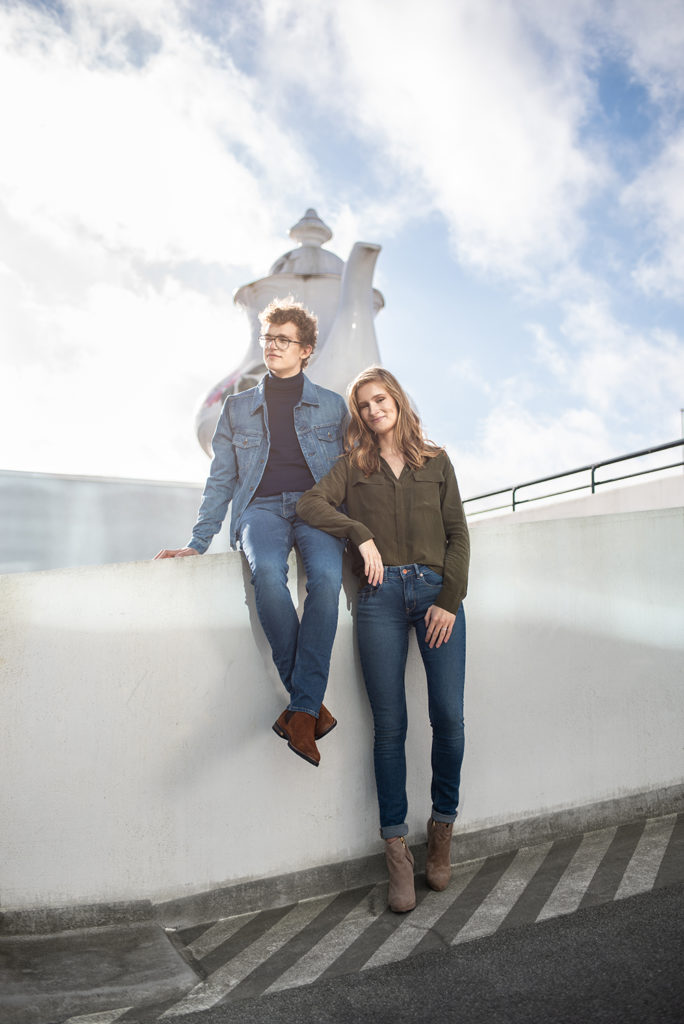
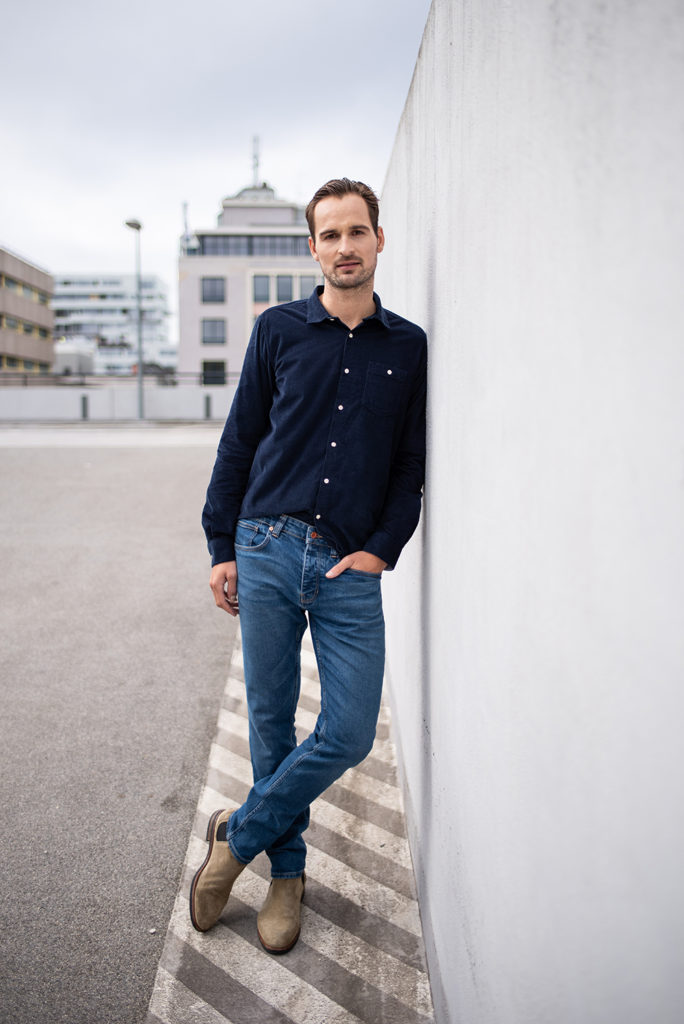
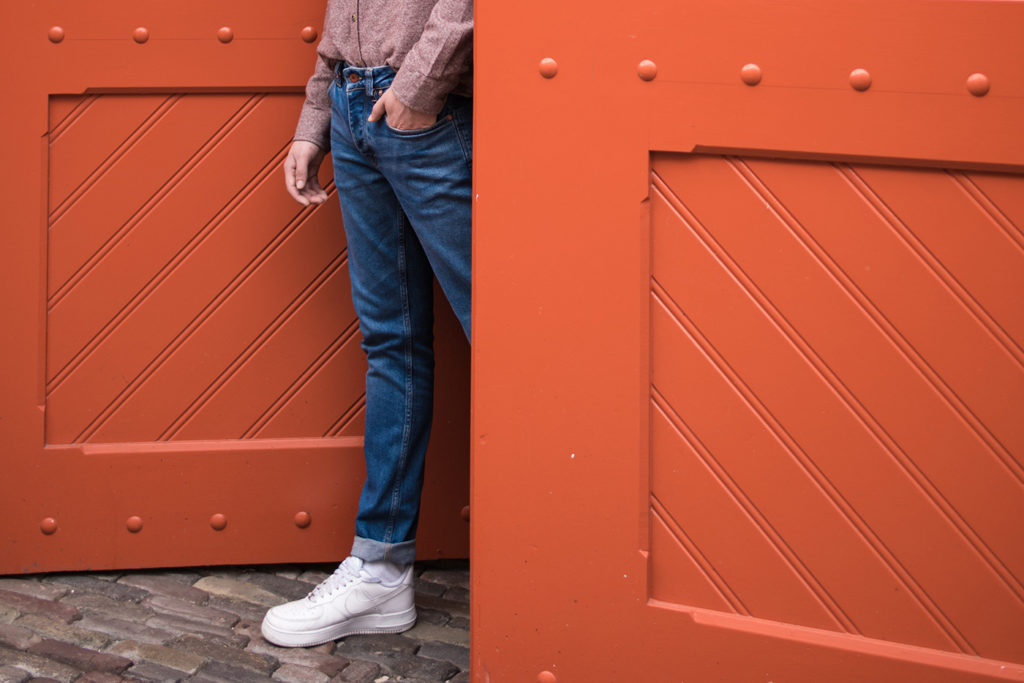
DE RODE WINKEL IS THE LARGEST DENIM STORE IN EUROPE
With 8000 pairs of jeans, De Rode Winkel has the largest collection of jeans in Europe. With extensive product knowledge, they provide men, women and children with their perfect pair of jeans. As a family company, they are very dedicated to conscious entrepreneurship. As De Rode Winkel is one of our first ever retailers (starting our collaboration almost 20 years ago), we’re proud to have walked this journey with them.
BUY THE UTRECHTSE JEANS ONLINE HERE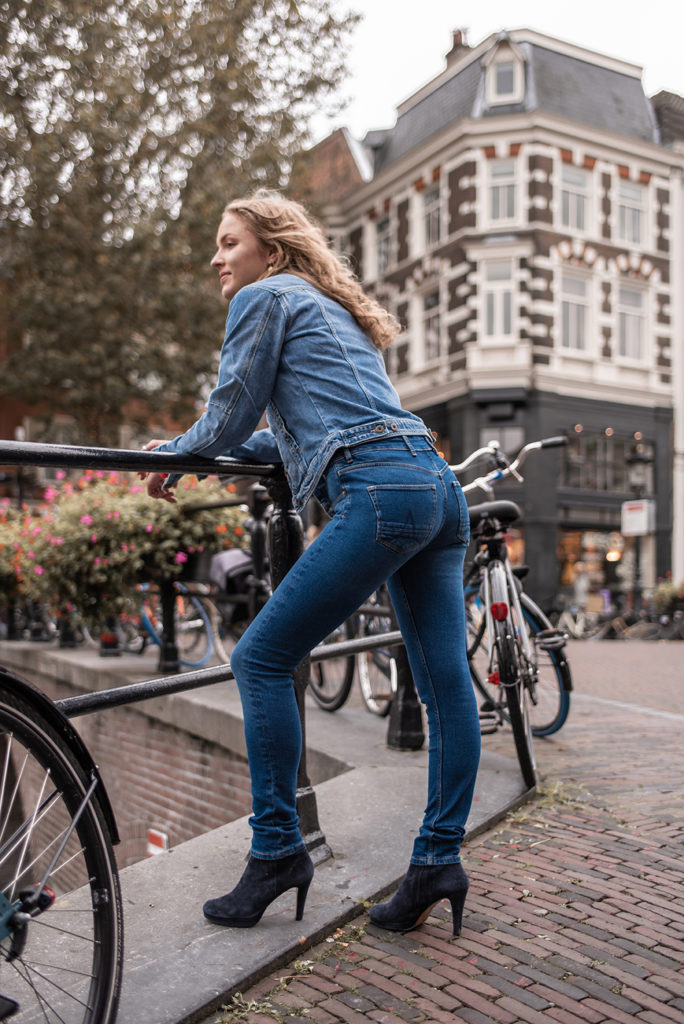
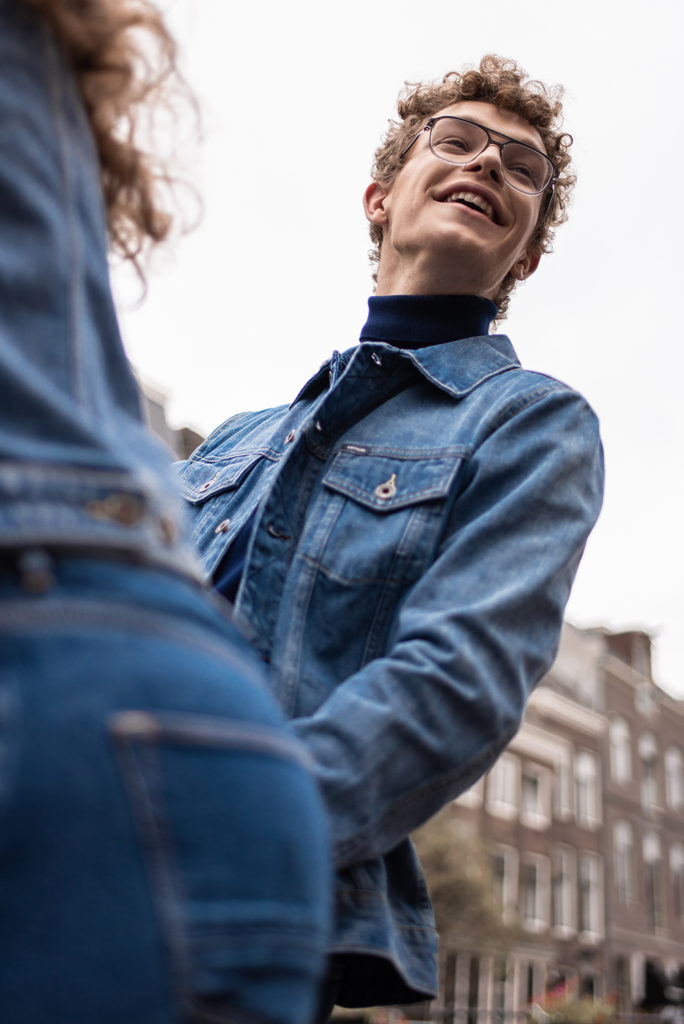
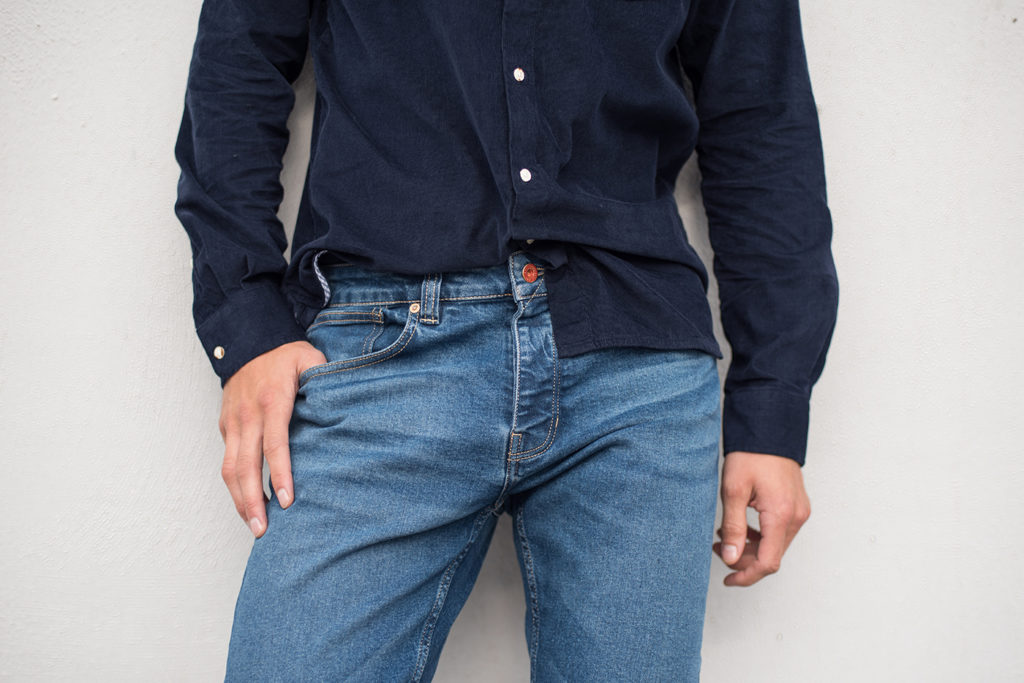
Photos by Cindy van Rees




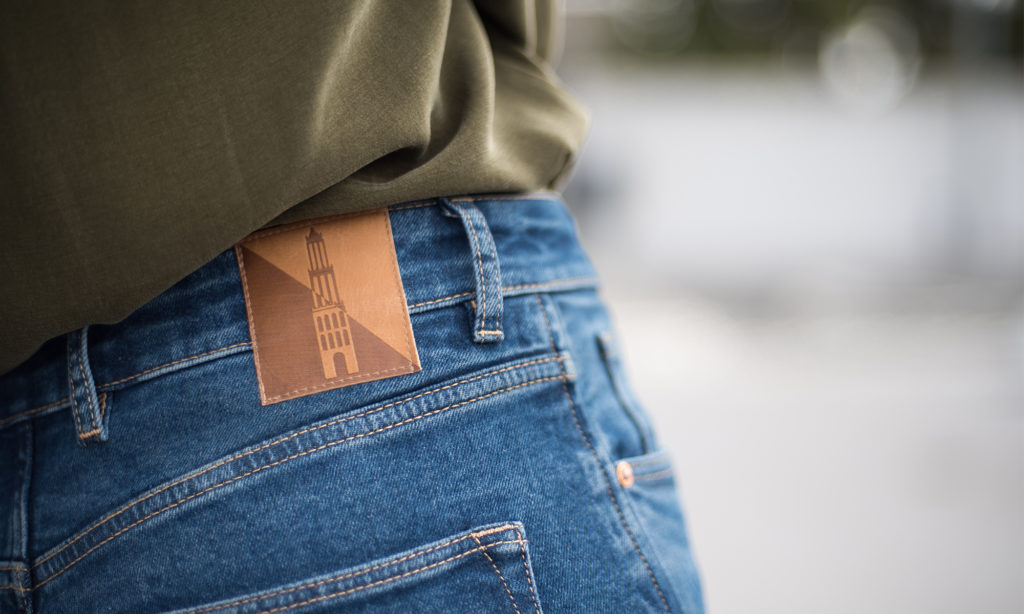
Pingback: Hoe werkt denim recycling (het complete proces uitgelegd!) - When Sara Smiles
Pingback: Denim recycling, how do we do it? | Kuyichi